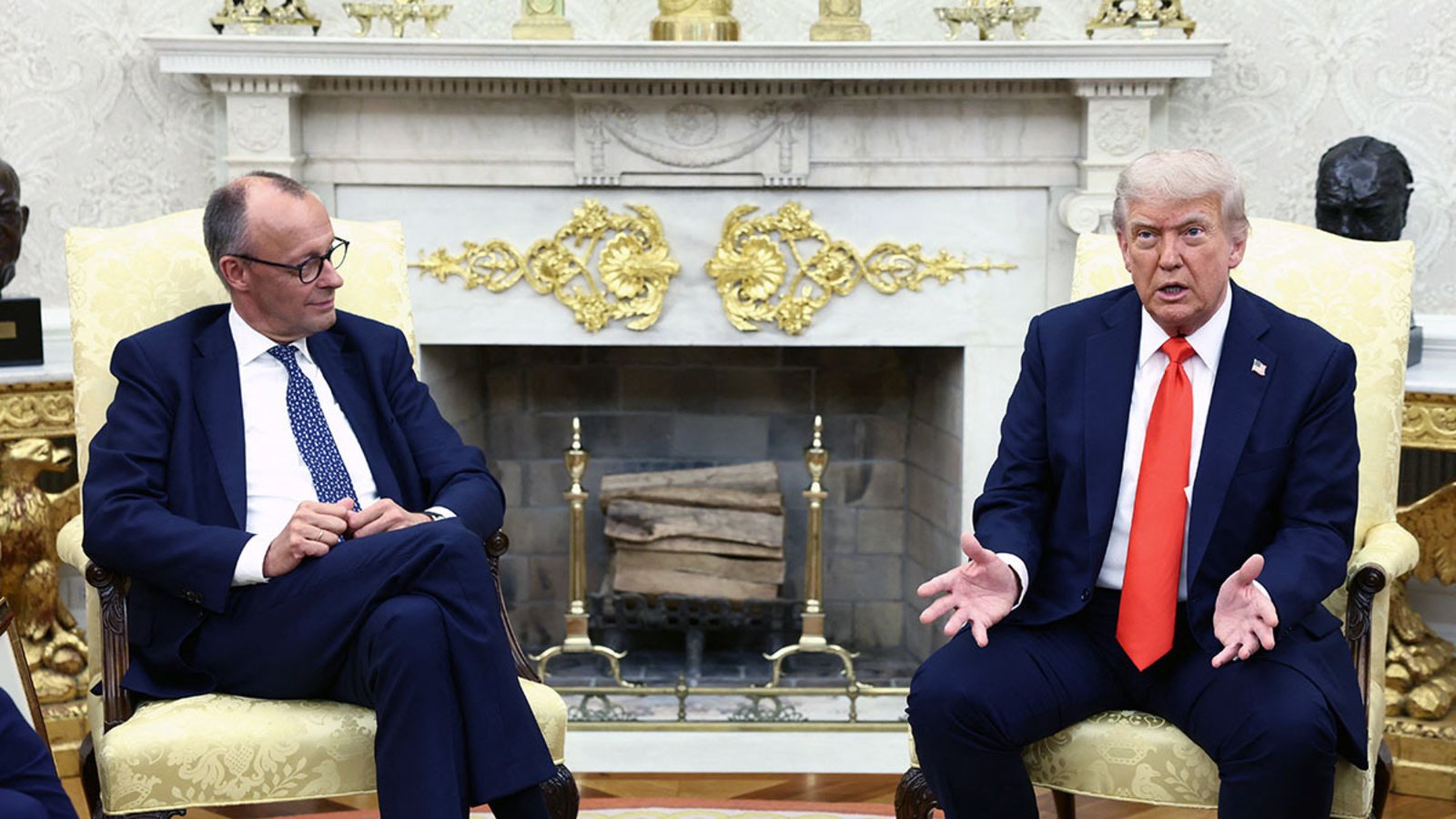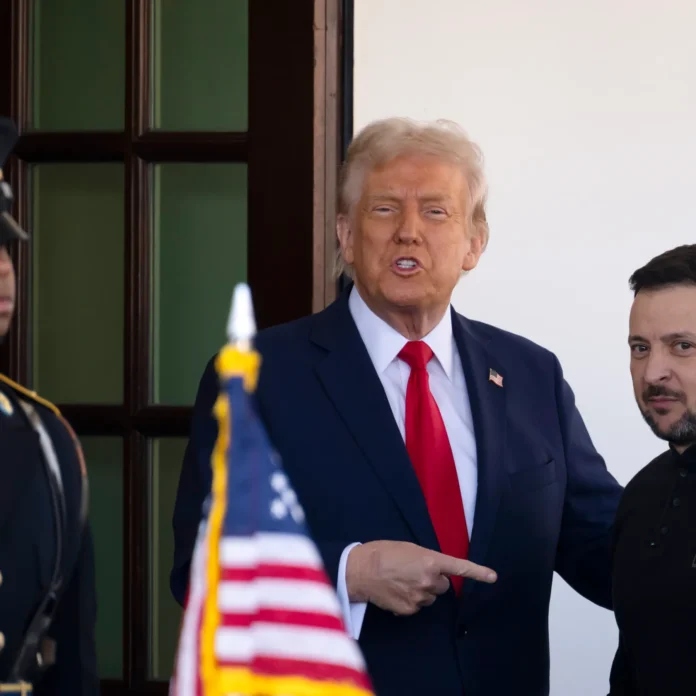U.S. to Withdraw Key Security Assistance
The Trump administration has announced plans to phase out hundreds of millions of dollars in military and security assistance to European nations bordering Russia, a move that marks a significant policy shift in Washington’s approach to NATO burden-sharing.
Pentagon officials informed European diplomats last week that the U.S. would stop funding training and equipment programs for Eastern European allies situated along the alliance’s front line with Russia. The decision directly affects Section 333 funding, a Pentagon program that authorizes the defense secretary to provide foreign partners with support in areas such as counterterrorism, cyber defense, and maritime security.
Between 2018 and 2022, European countries collectively received $1.6 billion through Section 333—nearly one-third of the program’s global allocation. The Baltic states of Estonia, Latvia, and Lithuania have been among the main recipients of this aid, using the funds to bolster deterrence capabilities against potential Russian aggression.
European Leaders Express Alarm

The announcement has drawn immediate concern from NATO allies who view continued U.S. military support as critical for regional security. One European diplomat, speaking to The Washington Post, remarked that “the Russians genuinely only care about American dollars, American troops, and the American flag,” emphasizing the symbolic weight of U.S. backing.
Lithuanian Defense Ministry official Vaidotas Urbelis confirmed that the Pentagon informed partners that funding would be eliminated for all European states starting in the next fiscal year. Estonia’s Defense Minister Hanno Pevkur acknowledged that while the financial assistance represents less than five percent of Estonia’s defense budget, its significance lies in the partnership and assurance it provides.
European officials privately compared the decision to earlier administration moves to reduce international aid programs, saying it “causes a lot of concern and uncertainty” in already tense geopolitical circumstances.
Pushback from U.S. Congress
The administration’s decision has not gone unchallenged in Washington. Senator Jeanne Shaheen, the ranking member of the Senate Foreign Relations Committee, condemned the move as “misguided” and argued that it “sends exactly the wrong signal as we try to force Putin to the negotiating table and deter Russian aggression.”
Shaheen further warned that reducing support for NATO frontline allies would ultimately endanger U.S. forces, as American troops often train and operate alongside the same European soldiers who benefited from the aid.
Bipartisan efforts in Congress have sought to secure long-term support for the Baltics. More than 30 senators have introduced legislation calling for $350 million in funding for the Baltic Security Initiative (BSI) between 2026 and 2028. While the bill remains pending, the program has already provided $228 million to Estonia, Latvia, and Lithuania in 2024—slightly higher than the $225 million allocated in 2023.
Strategic Reorientation Toward the Indo-Pacific

Administration officials have defended the cuts as part of a broader strategic realignment. A White House spokesperson explained that the decision was made “in coordination with European countries” and reflects President Trump’s long-standing demand that NATO members assume more responsibility for their own defense.
The cuts coincide with a June NATO agreement in which member states pledged to increase defense spending to 5 percent of GDP, a target long advocated by the Trump administration.
Pentagon policy chief Elbridge Colby is reportedly leading efforts to shift resources away from Europe and toward the Indo-Pacific, where Washington views China as the primary long-term strategic rival. Defense officials expect the administration’s ongoing global force posture review to result in a smaller American military footprint in Europe.
Assurance to Poland
Despite reducing aid to the Baltics and other Eastern European nations, the administration has sought to reassure allies such as Poland. During a White House meeting with Polish President Karol Nawrocki, Trump pledged that U.S. forces would remain in the country and hinted at potential troop increases.
“If anything, we’ll put more there,” Trump said, signaling continued commitment to Poland’s defense as a counterweight to Russian influence in the region.
Programs Still Intact
While the Section 333 cuts represent a major loss of funding for frontline states, officials clarified that the move does not impact the Foreign Military Financing (FMF) program, which enables countries to purchase major U.S. defense systems such as aircraft and armored vehicles.
Additionally, already-authorized Section 333 funds will remain available through September 2026, providing allies with a temporary buffer as they adjust to the changes.
A Divisive Policy Shift
The administration’s decision underscores the ongoing debate in Washington and across NATO about the balance of responsibility within the alliance. Supporters argue the cuts will encourage European nations to invest more heavily in their own defense and reduce reliance on U.S. taxpayers. Critics, however, warn that scaling back American engagement risks emboldening Russia at a time of heightened tensions.
As Europe braces for the loss of hundreds of millions in U.S. military support, the broader question remains whether NATO’s European members can fill the gap—or whether the reduction in aid will weaken the alliance’s deterrence posture along Russia’s borders.
Sources: TVP World

